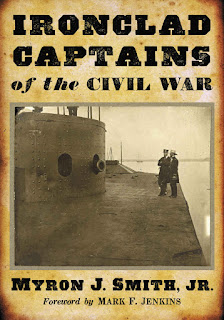So yeah, its been almost two years since I've posted on this blog. Holy cow. What prompted me to come here today? Well, you see, I was going through a lot of my bookmarked websites and deleting links that were no longer active. When I got to the folder labeled "Blogs" I thought to myself, I wonder how many of these are still active? I didn't know because by and large I don't even look at them anymore. The two that I do look at are the ones that post links to their latest posts on Facebook and/or send me email alerts.
I was not surprised to see that most of the blogs I follow are basically dormant. One hasn't had a new post since 2012! One must be a disciplined and dedicated writer to keep up a blog, I think. It is akin to keeping up a diary or journal in my mind. So, how long had it been since I posted? Here I am - 23 months since the last time. I am not going to try to catch up on the past two years in this post (or any subsequent posts, for that matter). But what am I doing here? I have questioned whether I should keep this blog going or not in the past, and I always chose to leave it up just in case I got a mind to start posting more regularly. Why start over from scratch somewhere down the road if I already have the established platform here? But really, am I going to one day come back to regular musings on here?
I think blogging became somewhat of a lost art (and maybe a bit of a chore) as social media became ascendant. When I started this blog, I had barely dipped my toes into the world of social media, but then social media took off and I went along on the ride. I am on Facebook, Instagram, Twitter, and Slack (for whatever that's worth; I still haven't figured out what the heck to do with Slack). They all serve their own purpose for me. I have noticed at least one prominent blogger has recently abandoned social media and gone back to simply blogging. I understand their reasons for doing so and everyone has their own way of handling the cesspool that social media can become if you let it. But social media is still a very important tool for me in keeping up with my hobbies and friends that I want to keep up with.
I'm not going to answer any of my own questions today. I'll give it some more thought and decide sometime, somewhere down the road what to do with this site. Maybe I should broaden the focus and start doing craft beer reviews, disc golf stuff, and concert reports along with the history stuff. Then again, that might get too chaotic. For now, I'll just leave things as they are and surprise myself by how long its been the next time I check in. 😁































